‘Why Solar Energy by 2030’: a guide to India’s grim energy needs
India is going to be the world’s largest country by population in 2024. It is adding a new “Australia” to its population each year.

With this growing population comes the demand for enormous amounts of energy. How is it going to meet its energy needs, expected to be gigantic in the coming decades? It is a question that we’re to address for this piece. We’ll especially talk of how India can expand its share of clean energy, of which Solar energy is the most abundant of all resources in its energy requirements.
India is a signatory to plenty of world clean energy agreements. It has been one of the key agendas of the incumbent Indian government: to achieve the goals of those conventions. The country is keen to meet its promises at the Paris agreement on Climate Change in particular. According to the agreement, India is treaty-bound to increase its share of renewable energy, of which Solar energy has a major share, to 40% of its total consumption by this decade.
This chart shows the highest carbon emissions of some of the largest economies of the world. Notice how India’s per-capita emission is nowhere close to that of the top players.
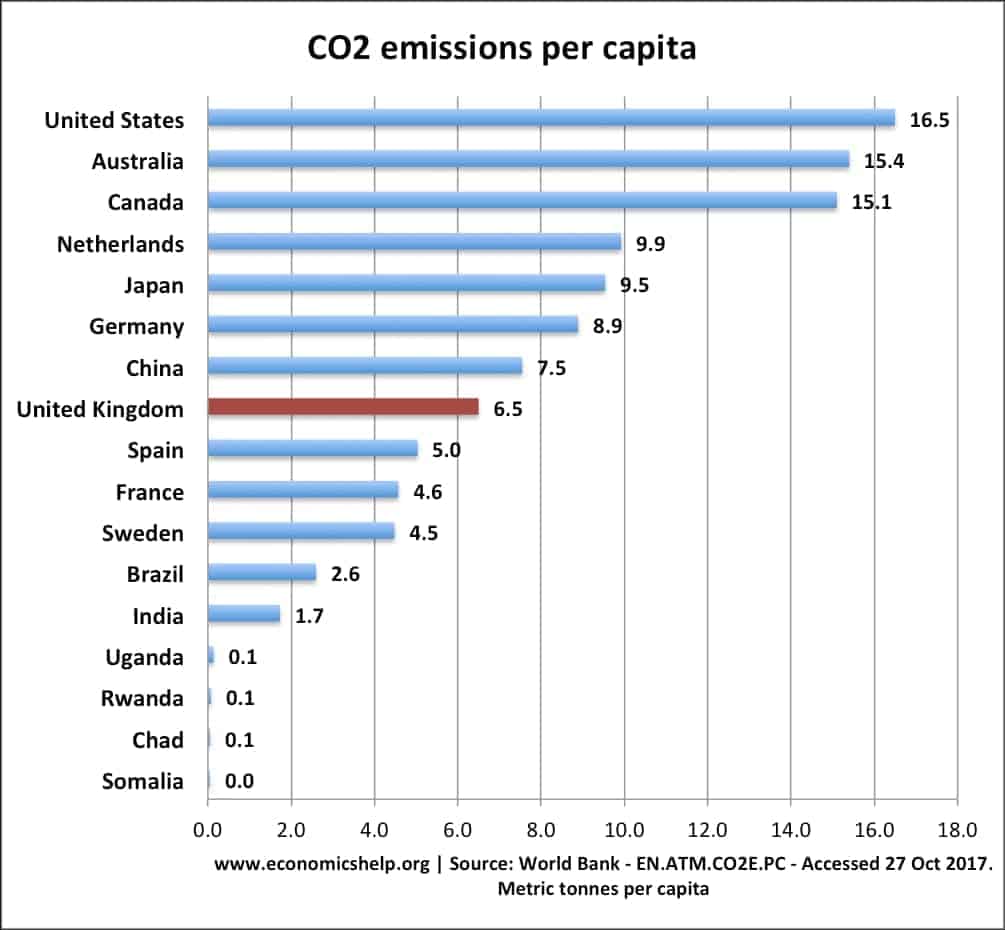
Even in absolute terms, India is only responsible for 7% of the global emissions according to this report by TheHindu. It is despite the fact it houses a total of 17.7% of the world population.
Are these stats encouraging? No, they’re misleading. All this is hardly pessimism. To consolidate what we believe, here’s a chart predicting the growth of some large economies for the near future.
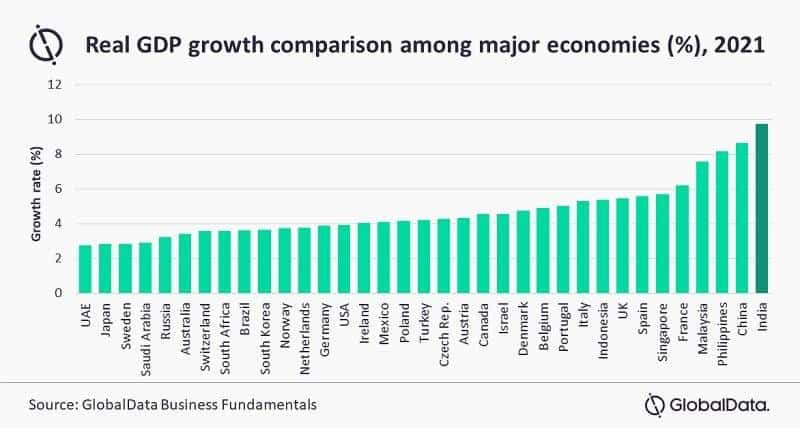
Sure, we’re a low carbon emitter country. It is for a reason as simple as we’re yet to achieve a sizable economy for a population this big. Our country lives at a paltry $2000 an annum on average. There’s a lot of prospect for improvements which is why you’ll see India taking gigantic strides in the quality of life and growth of its populace.
How are we achieving the drivers of growth, though? It can only have one meaning: more production, sales, and consumption. It means more energy. Not just that, an ever-burgeoning Indian middle-class would also demand far more domestic energy than the country can produce, which are mostly all carbon-rich emissions.
Prospects for cleaner energy
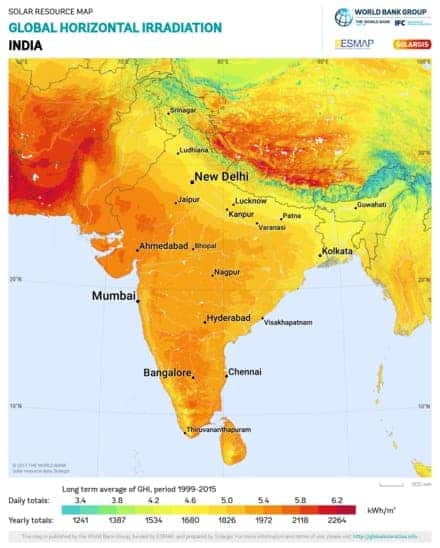
The Government of India has an ambitious target of meeting 57% of its energy needs with clean energy alternatives. This figure is larger than the agreed percentage of 40% of the Paris conference.
When talking of solar energy in particular, India’s ideal location helps trap a bountiful of solar energy prospects. Studies suggest that the expanse of the Thar desert alone can produce 700 to 2100 GWs of energy. It is a colossal figure, sufficient to power the nation’s civil and industrial needs all alone.
The current clean energy figures for a nation our size certainly aren’t encouraging. What is promising is India has had tremendous progress in becoming the fifth largest solar power generator in 2021. The solar power generation capacity of the country has grown by over 100% as is expected to be the trend upwards. India now produces 39 GW of Solar energy by end of Dec 2020, a figure much better than the estimated 20 GW by previous government.
The Government of India has since revised its targets of solar power generation to 100 GW by Dec 2022.
The bottom line is if all that would be worth the effort? A big Yes to this question. The cost per unit kWh for solar energy at the time of writing this article is 18% lower than its carbon alternatives.
The benefits of clean energy in general and solar power, in particular, are too many to put. To list a few:
Reduction in coal imports
A significant proportion of India’s electricity generation is dependent on coal, which India lacks in abundance. To meet its energy needs, it imports total coal worth 1.7 lakh crores annually. This is a colossal sum which can be cut-down significantly. India needs to tap the abundant solar–radiation in its country. It could save us a lot of money flowing outward.
India’s ideal location
India has a huge potential for the development of the solar power ecosystem, courtesy its ideal location. Compared to our immediate neighbor China, we’ve far more abundant solar radiation. The irony of the fact is that they still produce 7 times larger solar power than us. We need to make use of the bounty the nature has bestowed upon us.
Drastic reduction in the prices of PV equipment
With several private-public initiatives, solar equipment is gradually becoming affordable to one and all. Several PLI schemes with adequate funding have been released into the markets to promote manufacture and consumption of PV devices.
Reduction of Greenhouse emissions
India is a growing economy. Expect a lot of industrialization and urbanization in the coming decades. The Indian urban agglomerations are already among the most polluted settlements of the world — a vivid example being the NCR region. If the country promotes the use of PV devices aggressively for both the civilian and industrial purposes, we can help reduce the greenhouse emissions to a large extent.
To go solar is the future
A lot of renowned think-tanks recognize the future of human energy needs in the hands of perpetual solar energy. It is a resource that would never exhaust. It is the reason why you see big corporations investing massively in R&D related to harnessing solar energy for one purpose and another.
We are going to run out of petrochemicals in the near future. This should be alarming to a nation like ours — which is one of its largest importers and also has an exploding population. The sooner we incorporate the solar culture into our livelihoods, the more the better.
We, at VHIL, strive to play a part in the same ecosystem.
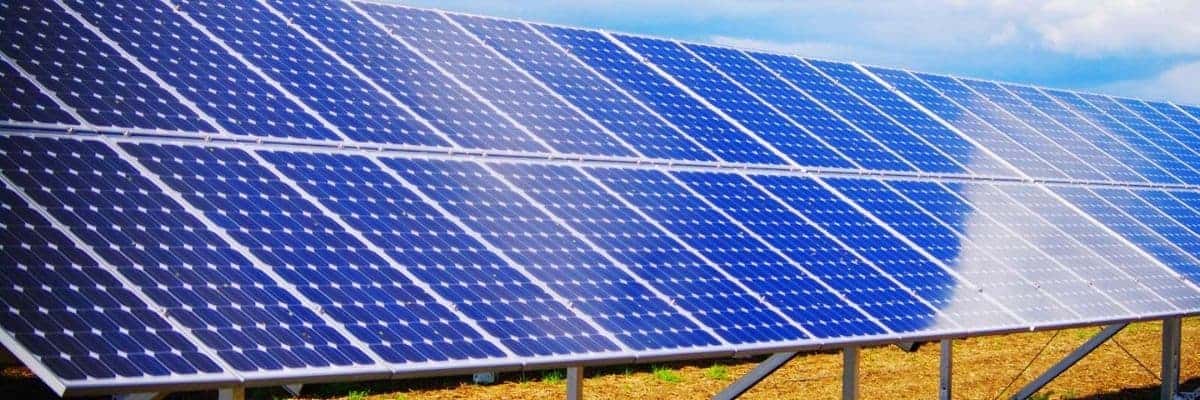
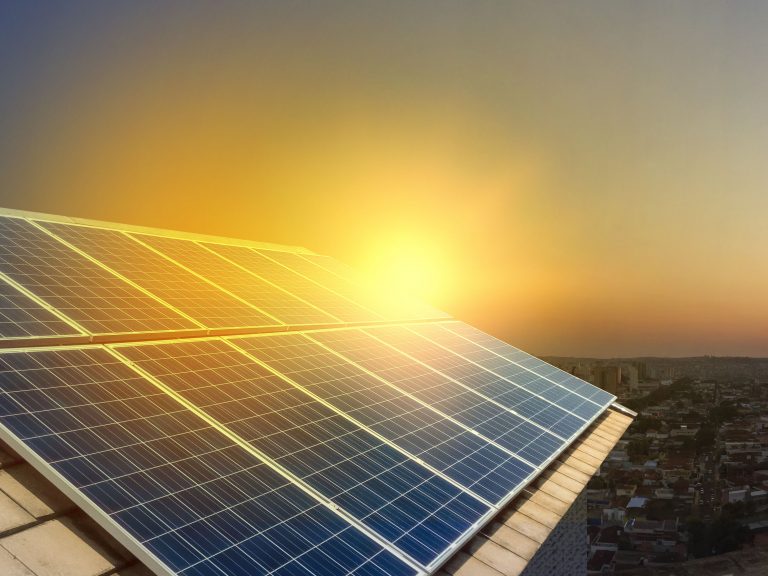
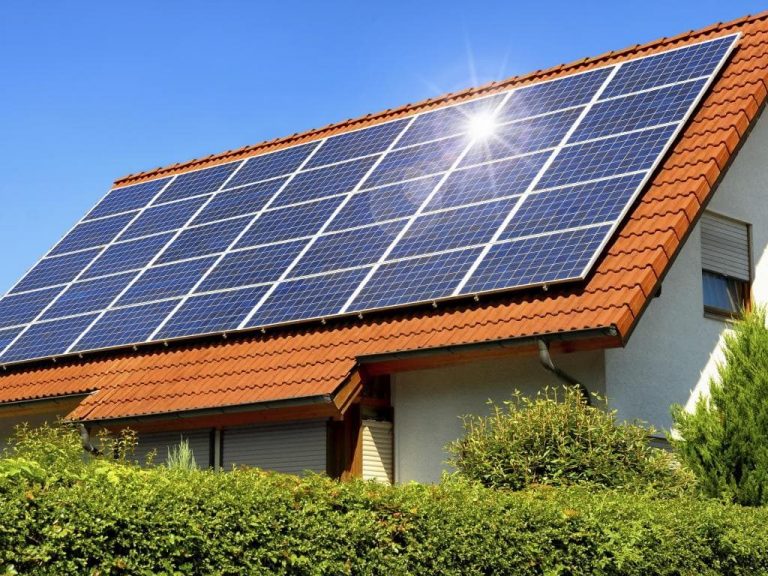
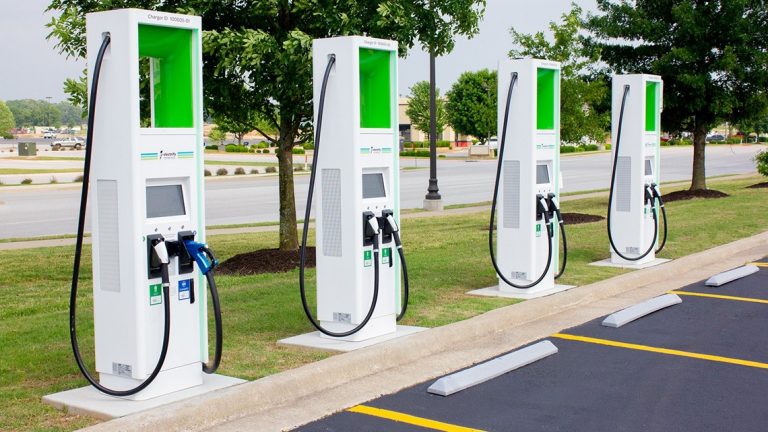
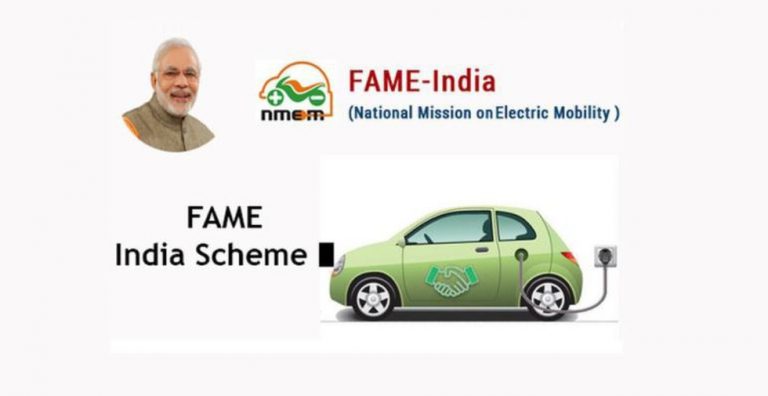

Very nice article with good insights. It is an eye-opener to reality. We have one planet and it is our moral responsibility to make every effort to save it.
Very Good Artical.
Rising energy bills, climate concern, fears about energy security, and improved technology are all increasing demand for renewable power. Solar power is environmentally friendly, available everywhere, and versatile.
Very nice article about clear analysis of solar girm energy needs.
Solar energy technologies are the key to a cleaner and brighter future for we all.